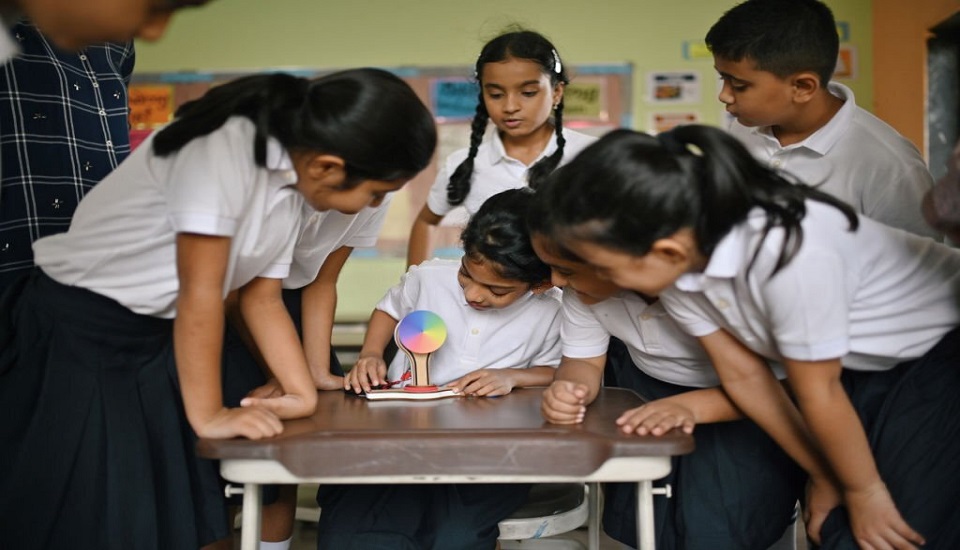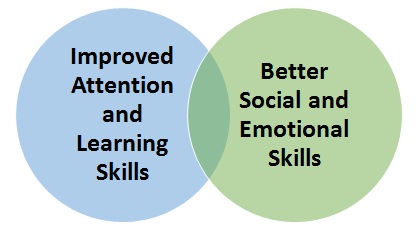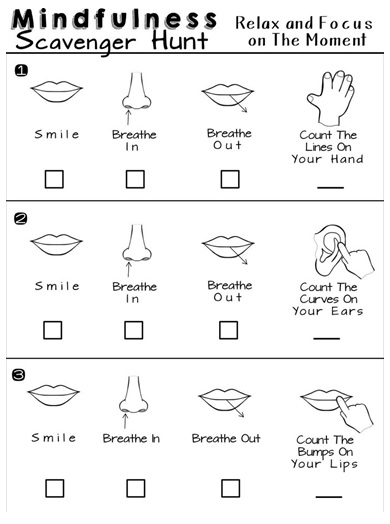Incorporate Mindfulness In The Classroom With These Proven Ways
27th July 2022
Did you know that Mindfulness is an age-old practice?
Mindfulness helps in staying alert, aware, and accepting of the moment. Studies and research have revealed that students who practice mindfulness can improve their attention period, emotional guideline, empathy, and cognitive control. It additionally aids in lessening anxiety and negative thinking.
Understanding the Mindfulness
Studies said that mindfulness is the consciousness that happens when you focus on the present situation along with the purpose of what you are doing. It assists in focusing students’ attention. With the help of breath control and directed image practices, students focus more on experiencing and engaging with their environments.
The brain’s amygdala, hippocampus, and prefrontal cortex all are interconnected with each other communicating to create a response to external events seeming as threats. Emotions such as fear or anger usually trigger the amygdala and hippocampus to react with a “fight” or “freeze” reaction. Mindfulness can help students normalize reactivity and see how the prefrontal cortex supports control behavior.
What are the Positive Effects of Mindfulness in the Classroom?
Following are the major benefits of mindfulness in a classroom ---

Research revealed around 83% of students who practice mindfulness techniques in the classroom showed enhanced focus. There is a connection between mindfulness in the classroom and better-quality cognitive control.
According to studies, students who use mindfulness in the classroom show better emotional regulation. The studies also show improved empathy with better classroom participation.
Proven Tips on How to Start a Mindfulness Practice in Your Classroom
Here are some tips through which you can incorporate mindfulness techniques in your classroom ---
Breath Control Exercises
For elementary-school-age children, breath control for self-calming is one of the most helpful techniques for teachers. You can do this by simply having learners count to three as they inhale and again as they exhale. Other breath control practices include students playing to inflate a balloon in their stomachs or visualizing their lungs constricting and increasing with a Hoberman sphere.
Group Projects
You can also try student-led routines along with different group projects that substitute mindfulness are another option for educators. A student can lead a finger exercise to calm associated students at circle time. Or else, students can make an appreciation tree together, as it increases mindfulness of positive proceedings. Add a gratitude exercise to a daily schedule just like any activity.
Meditation
Teachers as well as administrators can set purposes for students and for themselves during a weekly meditation. Doing meditations that are various methods of sending healing to others and towards oneself. These are really powerful ways to self-empower.
Don’t Ignore Emotional Intelligence
Try to focus on the emotional intelligence of your learners. Now is the chance for teachers to devote to curriculums that cultivate the emotional well-being of students. Teachers can really make a commitment to focus more on emotional intelligence. Children will be happier successful children and individuals.

Written Reflections
Assigning written reflections is one more way through which teachers can boost students to be mindful. Students can write in response to everyday prompts, after an academic lesson, or after social communication.
Students can also practice mindfulness between class periods by simply sitting silently, breathing naturally, and observing the moment without decision. With Montessori Teachers Training Courses, you will be able to learn how to run a classroom smoothly and effectively. Needless to say, mindfulness in a classroom boosts focus and lessens stress in students of all grade levels and aptitudes.
Written By: Sheetal Sharma
Leave a Reply
Recent Posts
- Make Language Learning Fun 5 FunFilling ESL Activities For Teachers To Implement In ESL Classroom
- The Role Of Teachers As Counselors In Eradicating Students Fears
- Achieving Financial Stability For Special Need Parents
- Make Teaching English To Beginners Fun And Engaging With Our 5 Effective Tips
- Achieve A Healthy WorkLife Balance As A Teacher With This Alternative
- Foster A Growth Mindset In Your School Students Teachers And Staff With Proven Strategies


